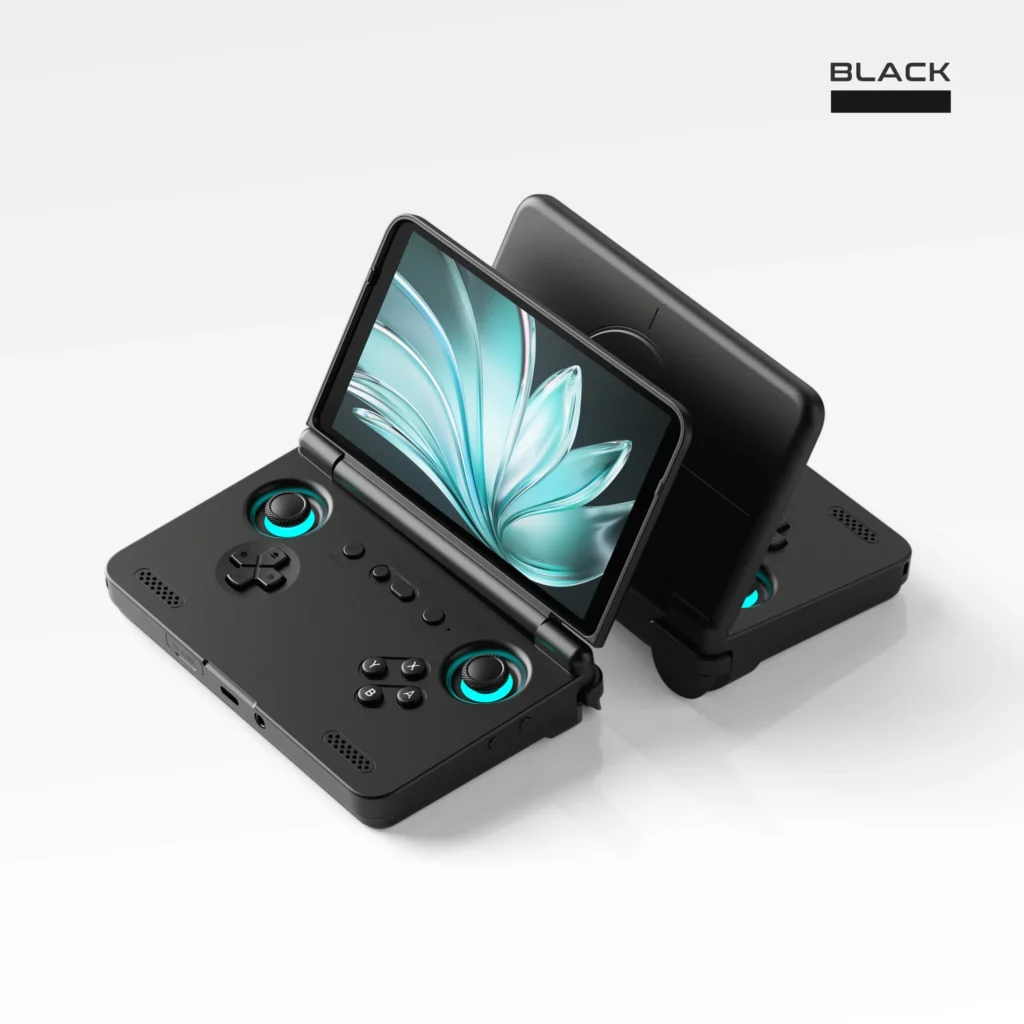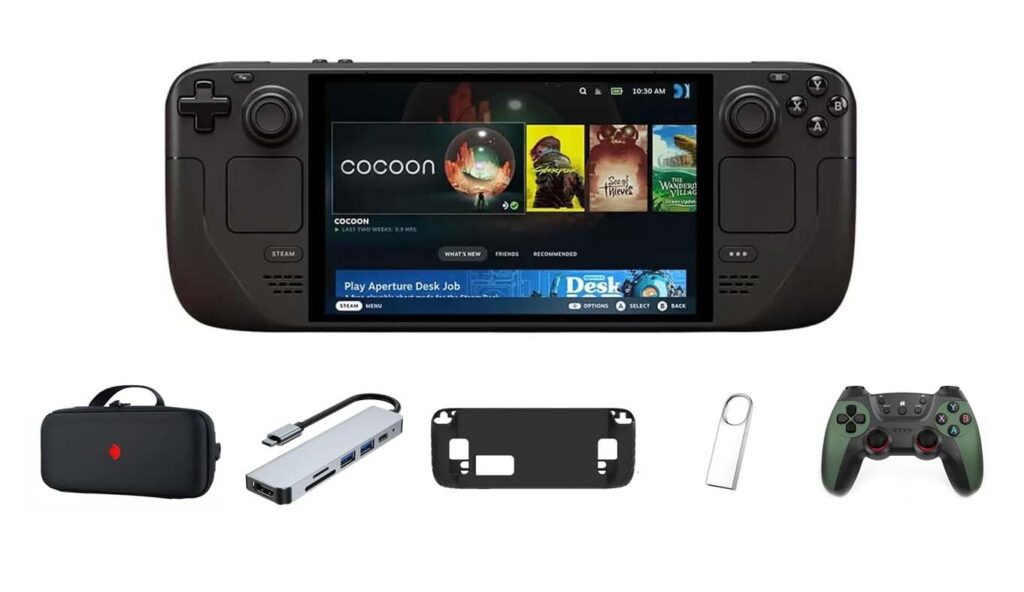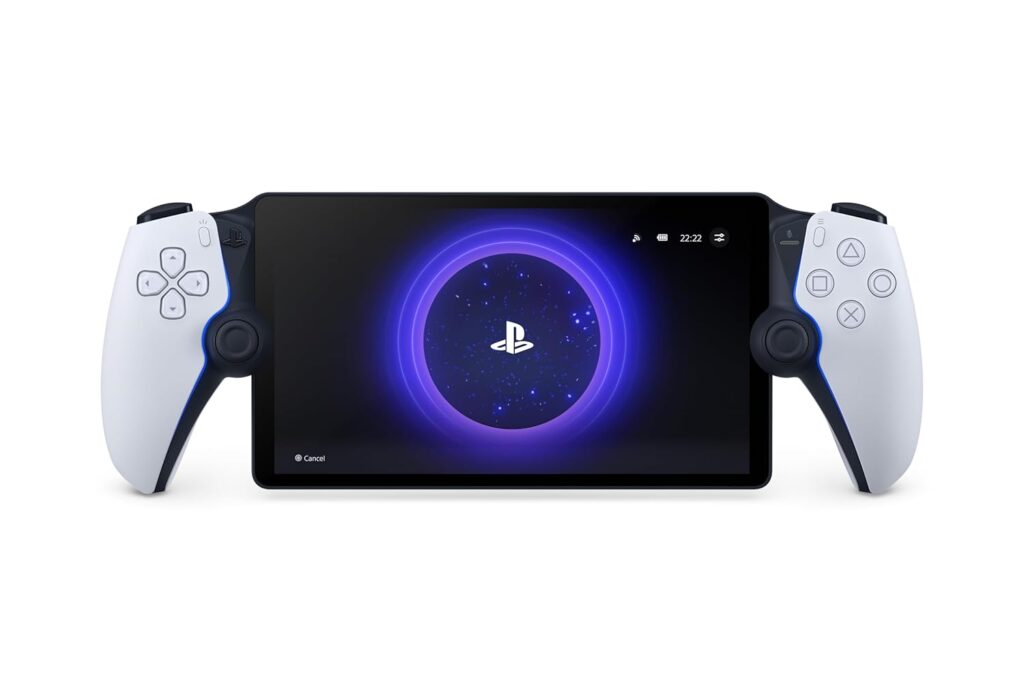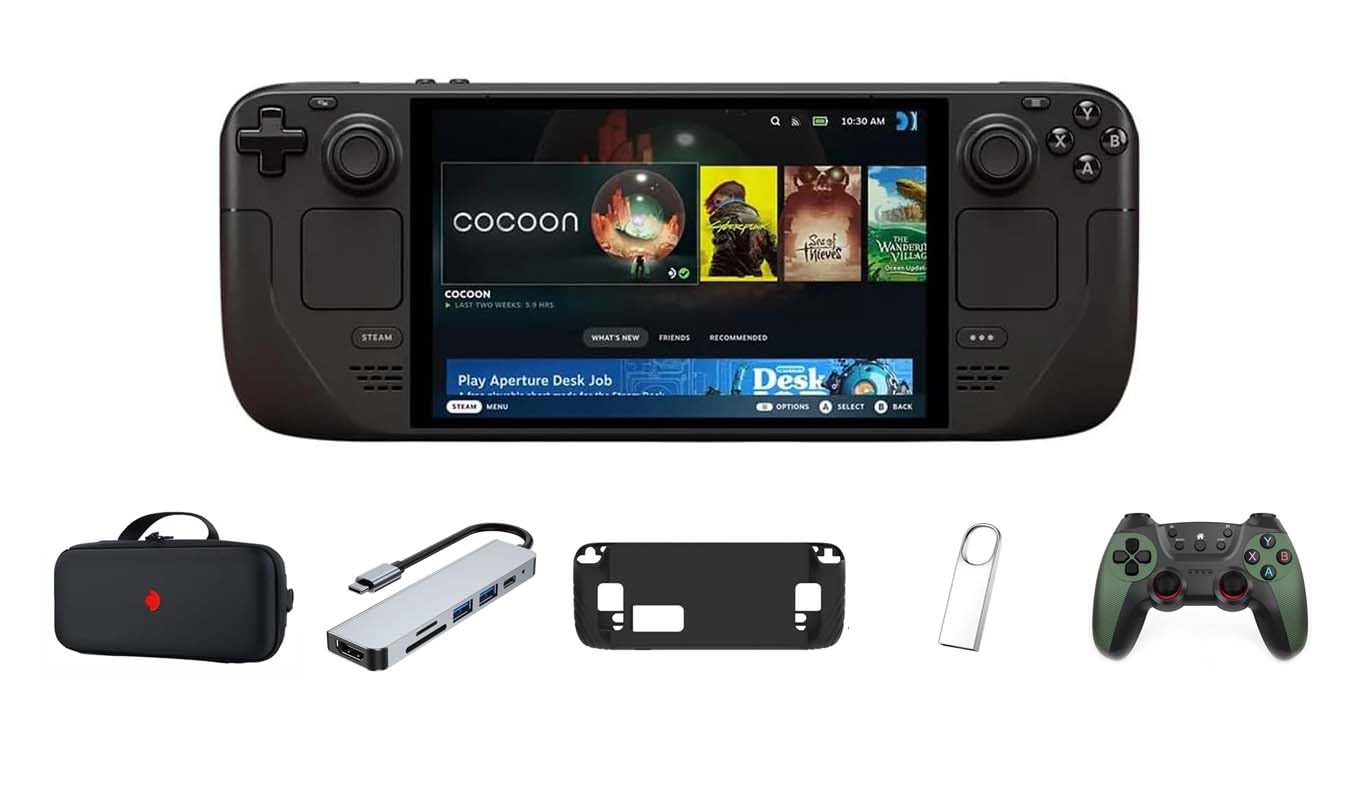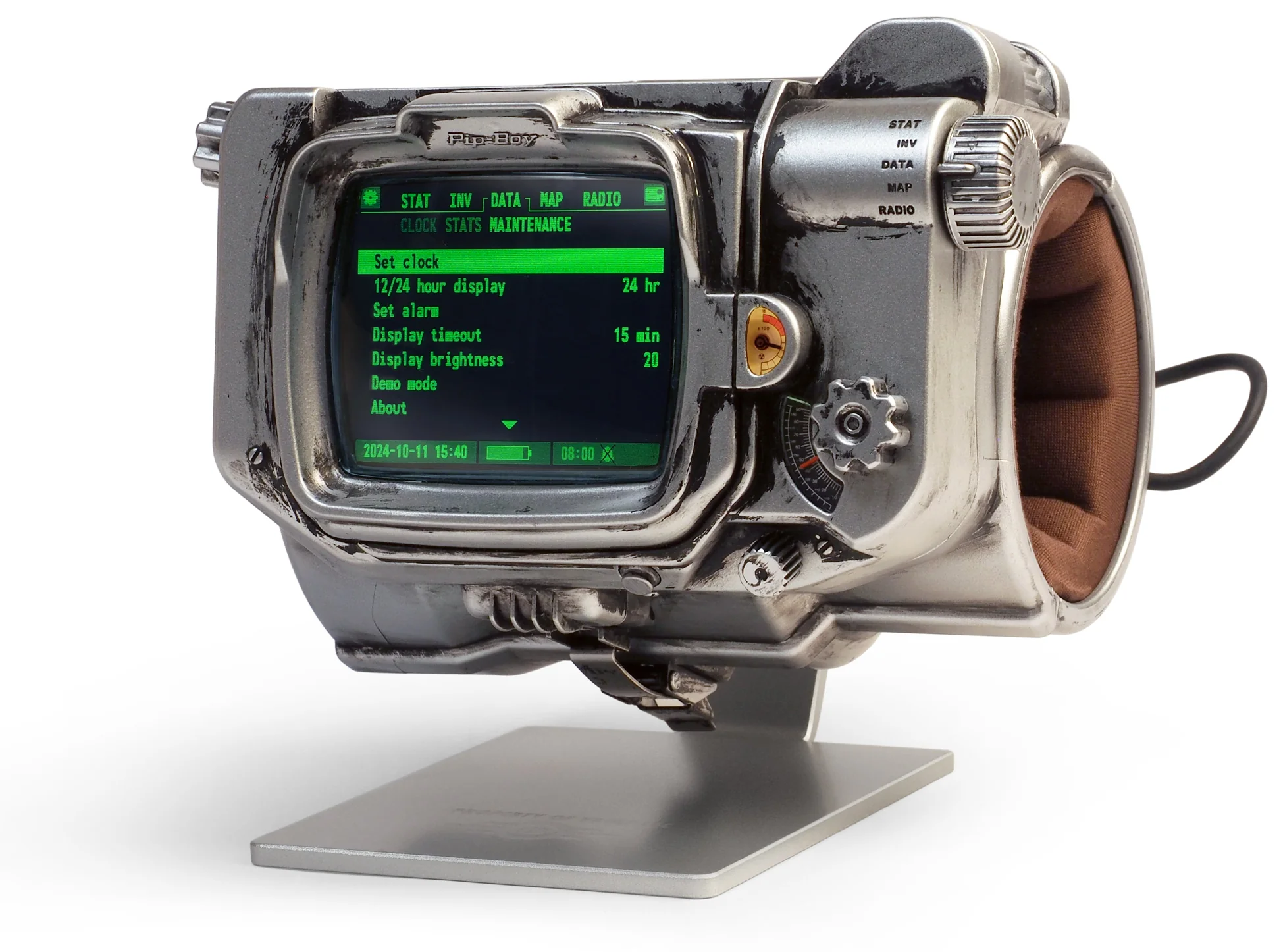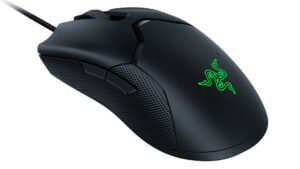Now Reading: The ASUS ROG Ally X Review
1
-
01
The ASUS ROG Ally X Review
The ASUS ROG Ally X Review




9.1 / 10Overall
Build Quality
9.5
Performance
9.0
Functionality
9.0
Reliability
9.0
Review
The Summary
The ROG Ally X is aimed at gaming enthusiasts who want top-tier handheld performance and are willing to pay a premium. It’s ideal for those who value Windows’ flexibility over SteamOS’ streamlined experience and need longer battery life and more storage for their game libraries. However, if budget is a concern or you prefer a simpler interface, the Steam Deck OLED might be a better fit.
Pros
- The AMD Ryzen Z1 Extreme APU (Zen 4, RDNA 3, up to 8.6 TFLOPS) paired with 24GB of fast LPDDR5X RAM delivers excellent frame rates for modern games, often surpassing the Steam Deck
- Comes with a 1TB NVMe SSD (M.2 2280), upgradeable, providing ample space for large game libraries
- Dual USB-C ports (one with Thunderbolt 4 support), microSD reader, and a 3.5mm jack make it easy to connect peripherals or expand storage
- Full compatibility with Steam, Xbox Game Pass, Epic, GOG, and other platforms, plus access to desktop apps
- 7-inch 1080p IPS screen with 120Hz refresh rate and FreeSync Premium offers smooth visuals and decent brightness
Cons
- At $799, it’s pricier than competitors like the Steam Deck OLED ($549-$649) and the original Ally (often under $600
- The OS isn’t fully optimized for handheld use—small UI elements, on-screen keyboard issues
- Sticks with an IPS panel, lacking the contrast, black levels, and HDR capabilities of the Steam Deck OLED
- At 678g, it’s about 70g heavier than the original Ally due to the larger battery, which might affect portability for some













